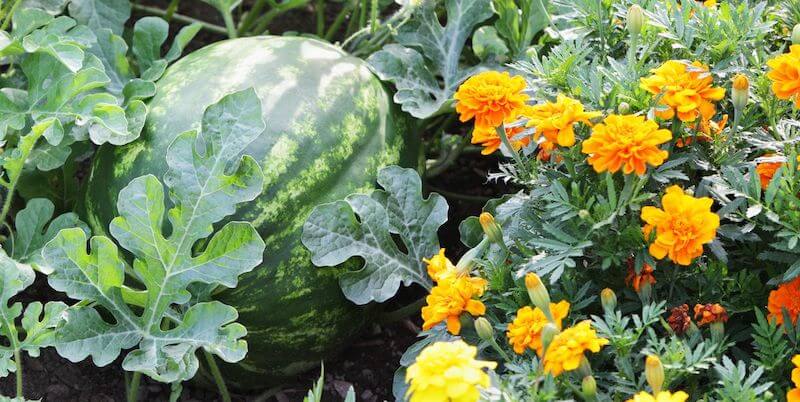
Companion planting is an ancient gardening technique that involves growing different plants together to improve their growth and yield. The phrase "companion plant" is used to describe a plant that is cultivated near another plant with the aim of offering mutual advantages, including boosting the fertility of the soil, warding off pests, luring pollinators, and augmenting flavor.
Companion planting has been practiced for centuries by different cultures around the world. Native Americans, for example, grew "Three Sisters" - corn, beans, and squash - together in a symbiotic relationship. The corn provided a support structure for the beans to climb, the beans fixed nitrogen in the soil, and the squash provided ground cover to suppress weeds and retain moisture.
In Europe, medieval monks used companion planting to create productive and sustainable gardens. They observed that certain plants grown together had beneficial effects on one another, such as deterrence of pests and diseases.
Companion planting works by exploiting the natural synergies between plants. For example, some plants secrete chemicals that repel or attract insects, while others have deep or shallow roots that access different layers of soil and nutrients. By planting complementary plants together, gardeners can improve soil health, increase yields, and reduce the need for synthetic fertilizers and pesticides.

There are different types of companion plants, each with its unique benefits. Here are some of the most common types:
Nitrogen fixers: Plants like beans, peas, and clover, have the ability to fix nitrogen from the air and store it in their roots, making it available to other plants in the soil.
Pest repellents: Plants like marigolds, garlic, and onion, produce chemicals that repel pests, reducing the need for synthetic pesticides.
Pollinator attractors: Plants like sunflowers, lavender, and thyme, attract bees, butterflies, and other pollinators, improving fruit and vegetable yields.
Here are some examples of companion planting and the reasons why they work:

Here is a plan that a farmer can use to plant companion plants to benefit farm soil, diversity, increase production, pollinate, and repel insects, along with a list of companion plants that should be planted alongside farm crops and why:
Evaluate your farm and identify areas where you can plant companion plants to benefit soil, increase production, and repel pests. Consider the specific needs of your crops and the pests and diseases that are common in your area and choose companion plants that are known to benefit your crops and repel pests. Here are some examples:
Plan your planting schedule and spacing to ensure that your companion plants are planted at the right time and in the right location. Some companion plants can be planted in between rows of crops, while others can be planted as border plants around the perimeter of the field.
Prepare the soil by removing weeds and adding organic matter, such as compost or manure. This will provide a healthy environment for your crops and companion plants to thrive.
Plant your companion plants in the designated areas, ensuring that they are spaced appropriately and planted at the right depth. Be sure to water and fertilize your plants as needed, and monitor them for pests and diseases.
Use integrated pest management techniques to manage pests and diseases without relying on synthetic pesticides. This may include using physical barriers, such as row covers, to protect your crops, and using biological controls, such as beneficial insects, to control pests.
Monitor your crops and companion plants throughout the growing season to ensure that they are healthy and productive. Make adjustments as needed, such as thinning or replanting your companion plants, to ensure that they are providing maximum benefits to your crops.
By following these steps and planting the appropriate companion plants, you can create a healthy and productive farm ecosystem that benefits both your crops and the environment.
Ready to transform your land into a high-yield, sustainable farm? Let Crop Circle Farms design and build a custom, low-impact, and water-efficient farm tailored to your needs. Double your income and cut your costs in half! Contact Us
Help us expand our mission to revolutionize agriculture globally. We are seeking partners to implement Crop Circle Farms to feed people in need. Together, we can build scalable food production systems that save water, reduce costs, and feed thousands of people. Contact Growing To Give